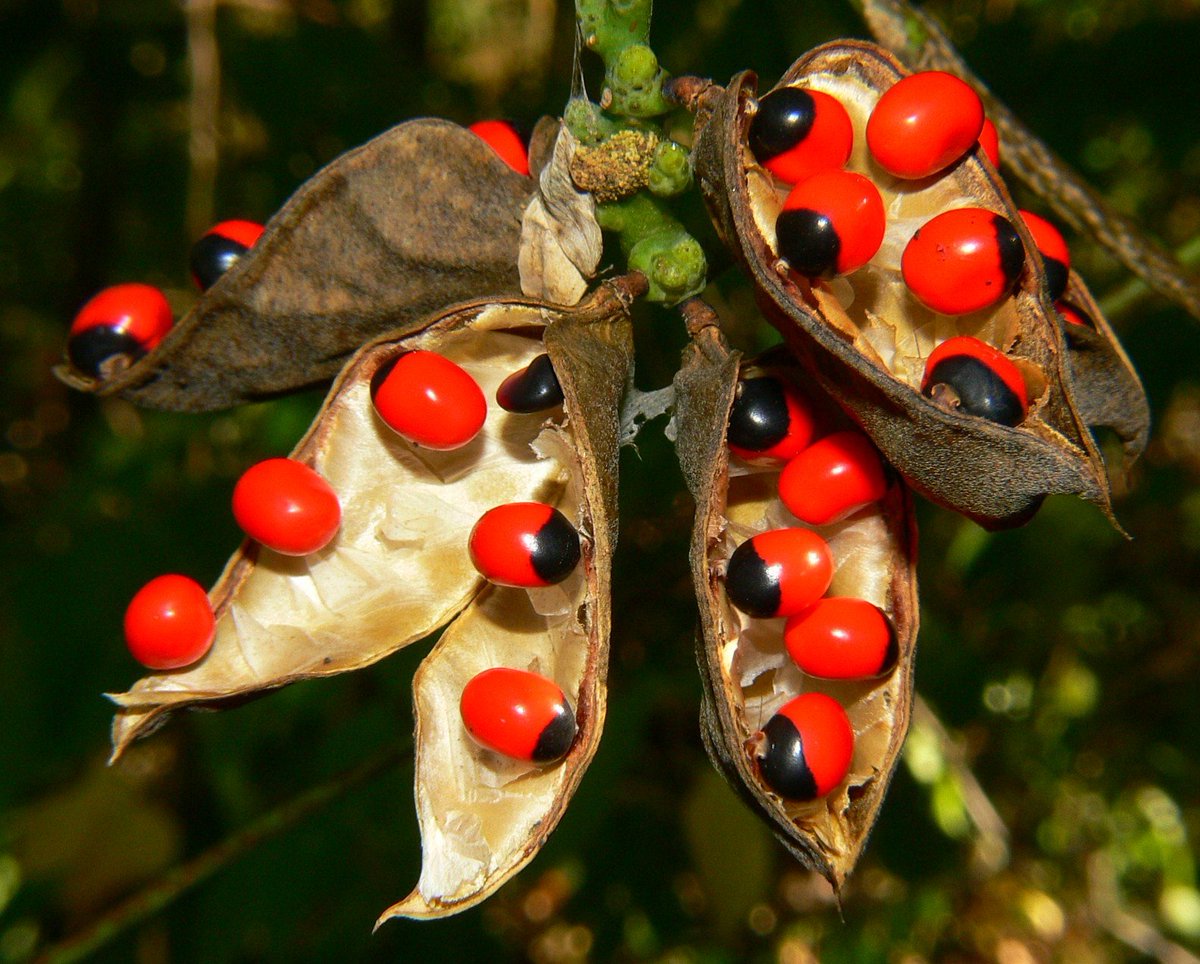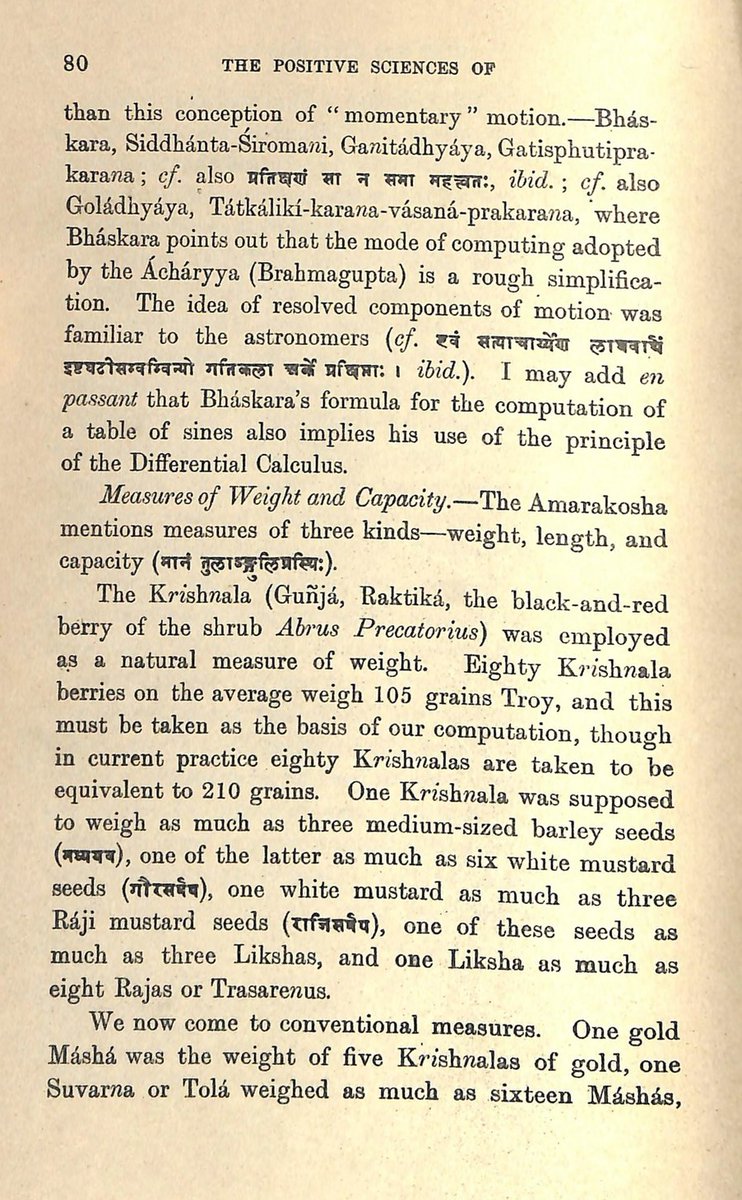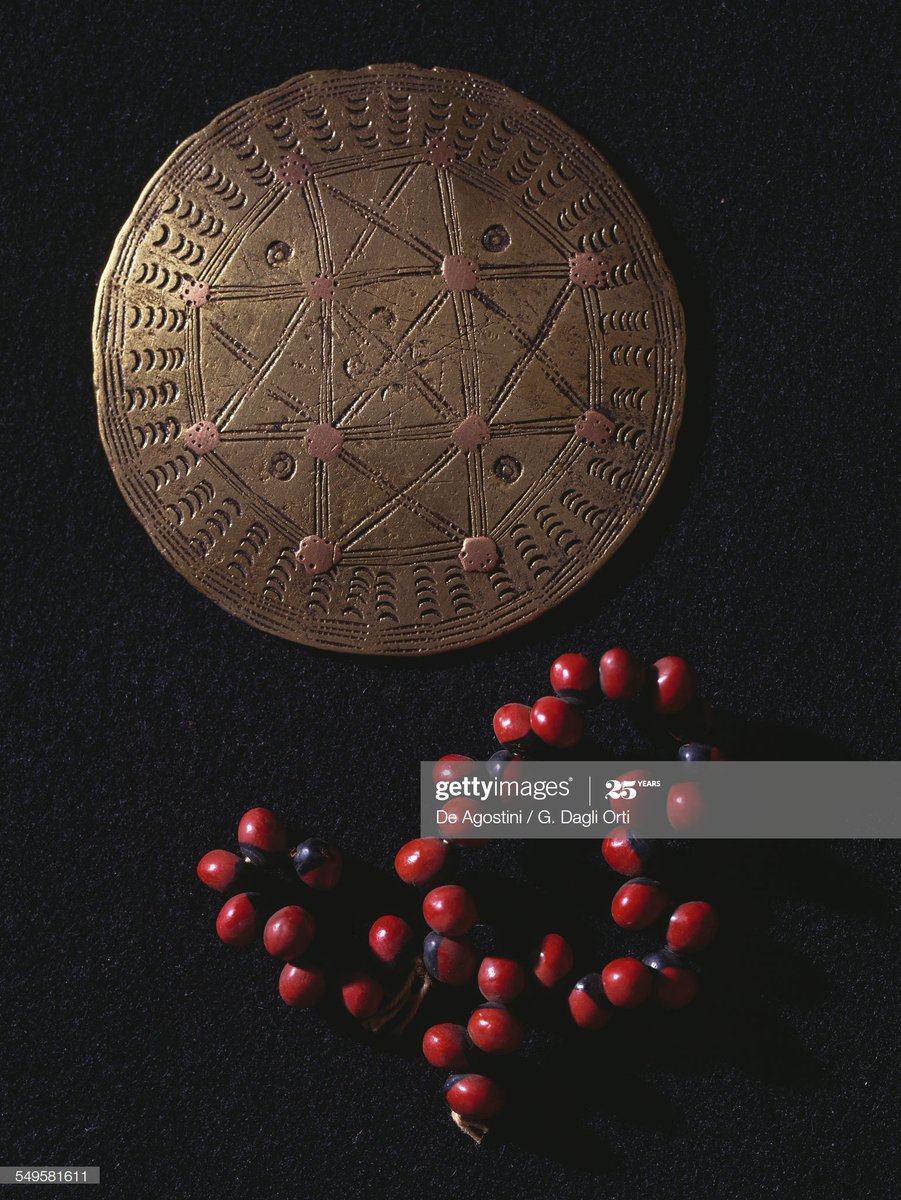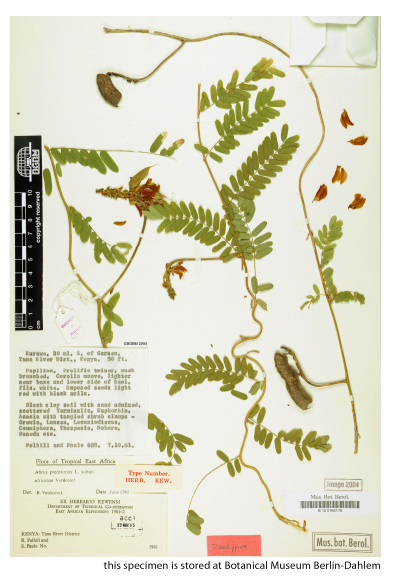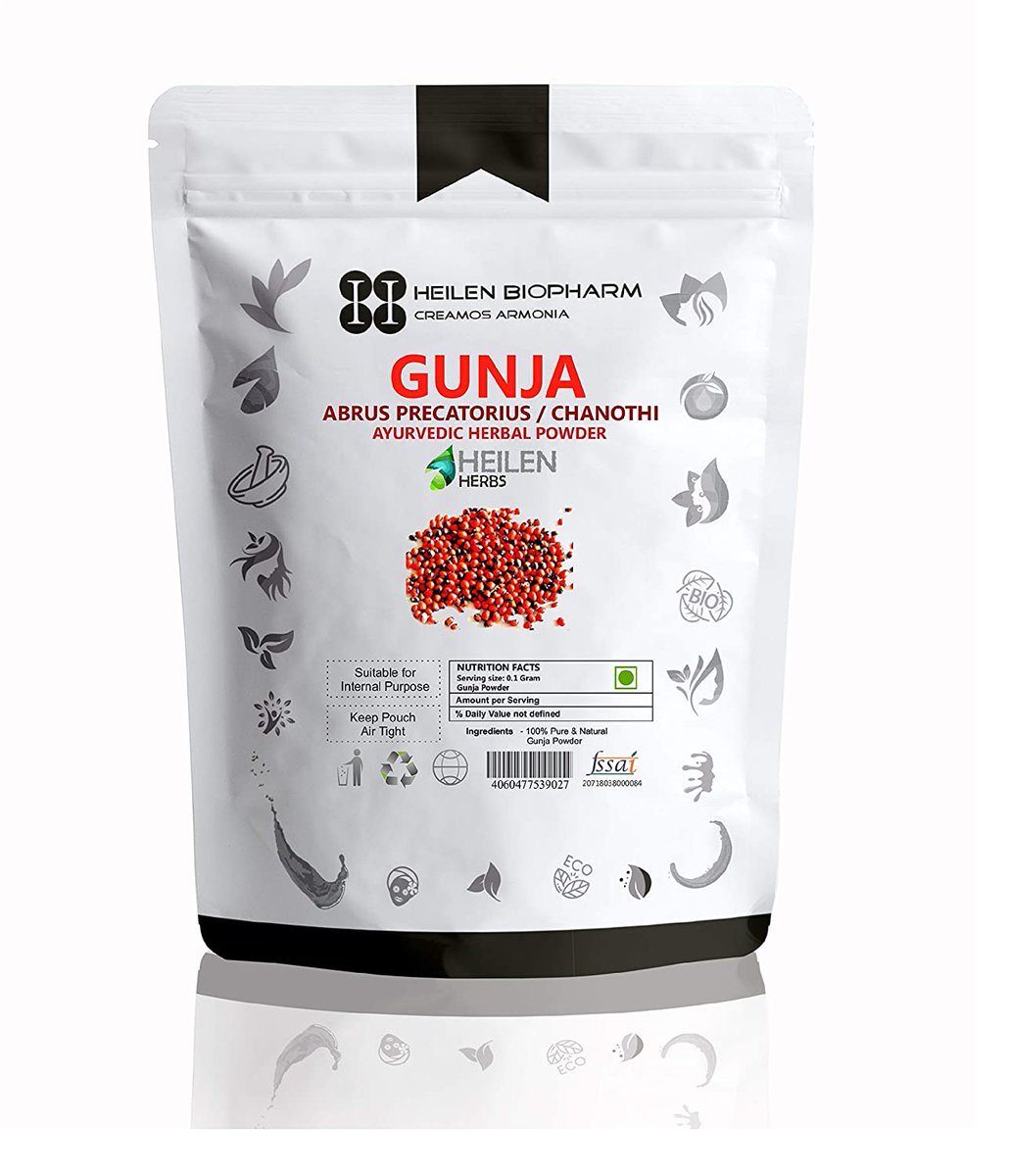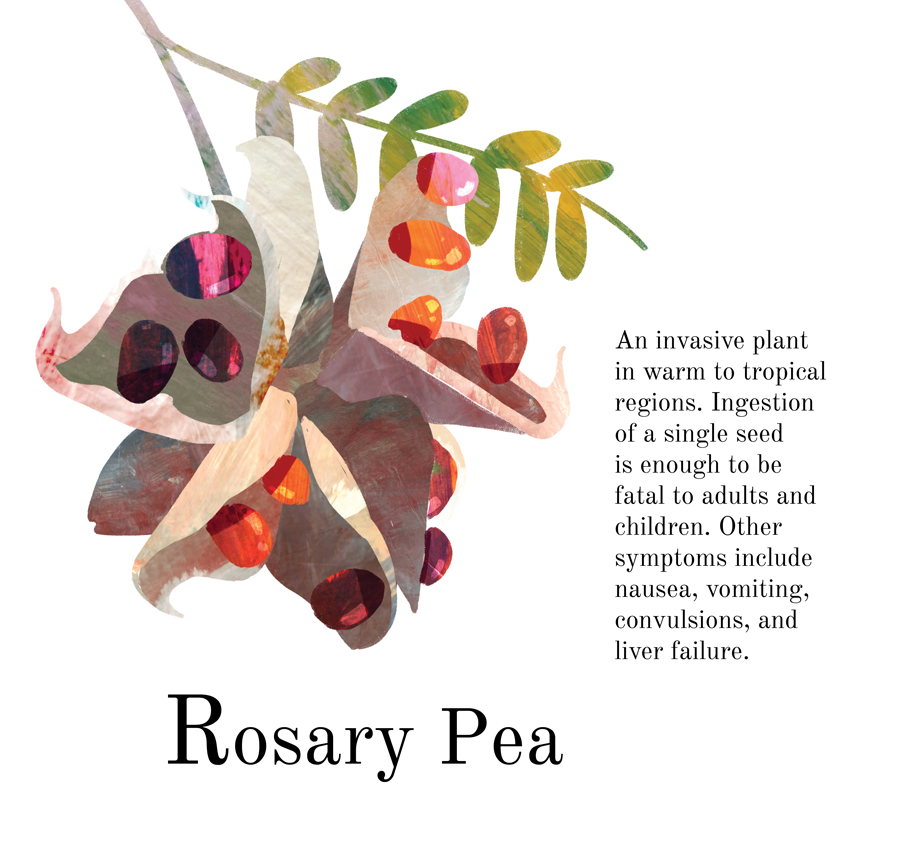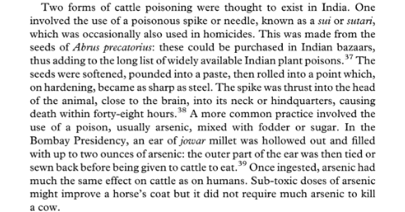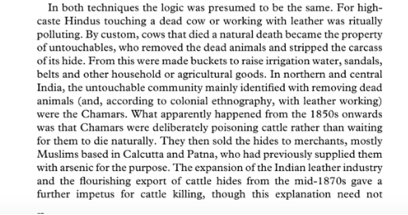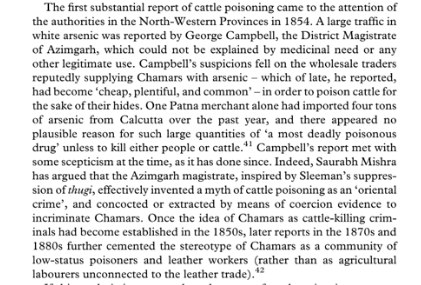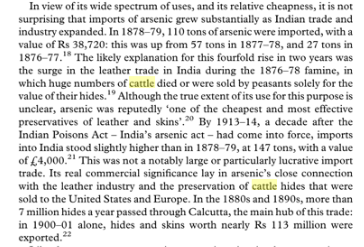Abrus precatorius(rosary pea/Indian licorice/Crab’s eye; Gunja in Hindi, guruvinda in Telugu) are plants indigenous to Asia and Africa, traditionally used to make jewelry and to weigh gold/precious stones due to their uniform weight (8 Ratti = 1 Masha; 12 Masha = 1 Tola = 11.6 g)
From The Positive Sciences of the Ancient Hindus by Brajendranath Seal
https://ia800200.us.archive.org/15/items/ThePositiveSciencesOfTheAncientHin/The_Positive_Sciences_of_the_Ancient_Hin_text.pdf">https://ia800200.us.archive.org/15/items/...
https://ia800200.us.archive.org/15/items/ThePositiveSciencesOfTheAncientHin/The_Positive_Sciences_of_the_Ancient_Hin_text.pdf">https://ia800200.us.archive.org/15/items/...
Their use by goldsmiths as a weight is alluded to in the following well known couplet:
Sonā kahe sunār se, "uttum mhāri jāt
Kāle munh ki ghungehi, aur tule hamāre sāth."
My rank is of the highest, said the gold to the goldsmith, shall I be weighed against that black-faced seed!
Sonā kahe sunār se, "uttum mhāri jāt
Kāle munh ki ghungehi, aur tule hamāre sāth."
My rank is of the highest, said the gold to the goldsmith, shall I be weighed against that black-faced seed!
Memory disc and Rosary pea seeds (Abrus precatorius), tools used to weigh gold dust, Akan people, Ghana.
Location: musee du quai Branly - Paris
Image credits: DeAgostini Picture Library/Scala, Florence
Location: musee du quai Branly - Paris
Image credits: DeAgostini Picture Library/Scala, Florence
This plant is mentioned by Susruta and the older Sanskrit writers, was therefore long been in use as a medicine among the Hindus; they describe two varieties, namely, red and white-seeded.
In Ayurveda (after appropriate detoxification) the seeds used internally in affections of the nervous system, and externally in skin diseases, ulcers, and applied to fistulas to excite inflammatory action. In addition, it is also used to treat leucoderma, tetanus, and rabies.
Examples of compound medicines containing the seeds, extracted from Sarangadhara, Chakra datta, and the Bhavaprakasa will be found in Dutt& #39;s Hindu Materia Medica, p. 152.
Various African and Indian tribes use the powdered seeds as oral contraceptives, to treat worm infections and trachoma (Acharya, 2004). The leaves and roots also have medicinal value.
The selective tumor-targeting nature of Abrus lectins ensures its place as a potential anticancer agent, and both lectins (agglutinin and abrin) inhibit the growth of tumors through apoptosis induction. These lectins have a functional role in tumor defense by immunomodulation.
A Review on Therapeutic Utilities and Purificatory Procedure of Gunja (Abrus precatorius Linn.) as Described in Ayurveda https://www.academia.edu/32821543/A_Review_on_Therapeutic_Utilities_and_Purificatory_Procedure_of_Gunja_Abrus_precatorius_Linn._as_Described_in_Ayurveda">https://www.academia.edu/32821543/...
Abrin, the toxin found in Abrus seeds, is one of the most lethal known poisons, and can cause severe vomiting, high fever, drooling, liver failure, bladder failure, bleeding from the eyes, and convulsive seizures.
CATTLE POISONING IN BRITISH INDIA:
According to the 1898 King& #39;s American Dispensatory, Abrus seeds were the agents by which the Chamàr or "Native Skinner" caste of India carried on the felonious poisoning of cattle for the purpose of securing their hide.
According to the 1898 King& #39;s American Dispensatory, Abrus seeds were the agents by which the Chamàr or "Native Skinner" caste of India carried on the felonious poisoning of cattle for the purpose of securing their hide.
This was done by the means of small spikes, called sui (needles) or sutari (awls), prepared by soaking the awl in a thin paste of the water-soaked, pounded seeds, and then drying the weapon in the sun, after which it is oiled and sharpened upon stone, affixed in a handle.
it was then used to puncture the skin of the animal. A wandering "Brahmanee bull" was procured, and the sutari was inserted so as to break off the cone inside the animal& #39;s flesh behind the horn, then skin was pressed over the broken ends, leaving no obvious trace of the injury.
This process was repeated with two more cones to the base of the animal& #39;s tongue. The bull died after 34.5 hours, leaving no visible trace of the sutaries but a small amount of pus at the wound site. The reported lethal dose of seeds for cattle is about 600 mg/kg body wt.
Cattle poisoning was by two methods: arsenic, a freely available poison in the market, mixed with fodder or sugar, and the use of Abrus sutaris.
The idea of Chamars as cattle killing caste was established by the 1850s. By custom, any cow that died a natural death became the property of the Chamars, and they then sold the hides to Muslim merchants based in Patna and Calcutta, who would often supply large quantities of
arsenic for the purpose of cattle poisoning. The expansion of the Indian leather industry and the flourishing export of cattle hides in the mid-1870s gave further impetus for cattle killing.
It was a widespread, organized crime, similar in many ways to thugee. In the 1880s and 1890s, more than 7 million hides a year passed through Calcutta, the main hub of this trade: in 1900-01 alone, hides and skins worth nearly Rs. 113 million were exported.
Cattle killing continued to rise despite the 1856 act to prevent ‘Malicious or Wanton Destruction of Cattle’ and introduction into the IPC. Between 1865-69, 1462 cases were produced before the courts of Northern and Central India, and by 1900 they reached their peak.
The likely explanation of the four-fold rise in leather trade and multifold increase in imports of arsenic in India in just two years between 1876-78 was the destructive famine, during which high numbers of cattle died or were sold by peasants solely for the value of their hides.
source: Arnold, D. (2016). Toxic Histories: Poison and Pollution in Modern India (Science in History). Cambridge: Cambridge University Press. doi:10.1017/CBO9781316411414

 Read on Twitter
Read on Twitter